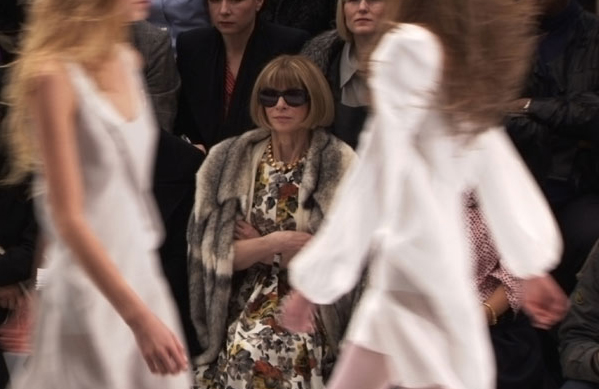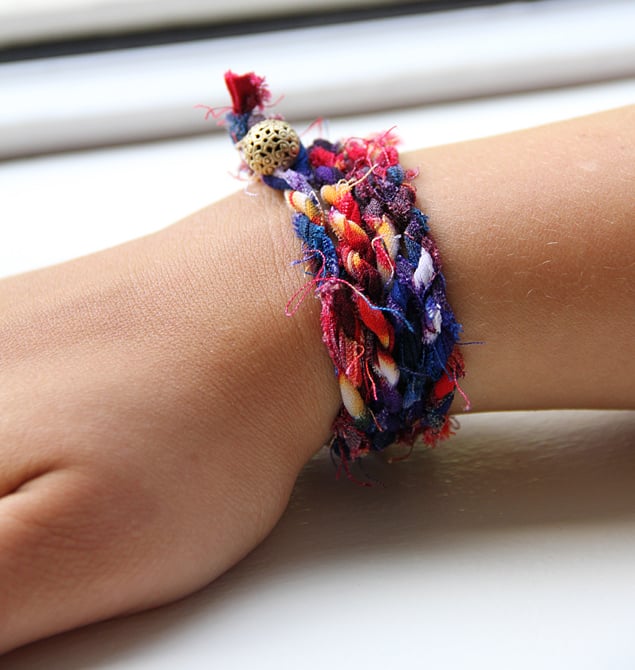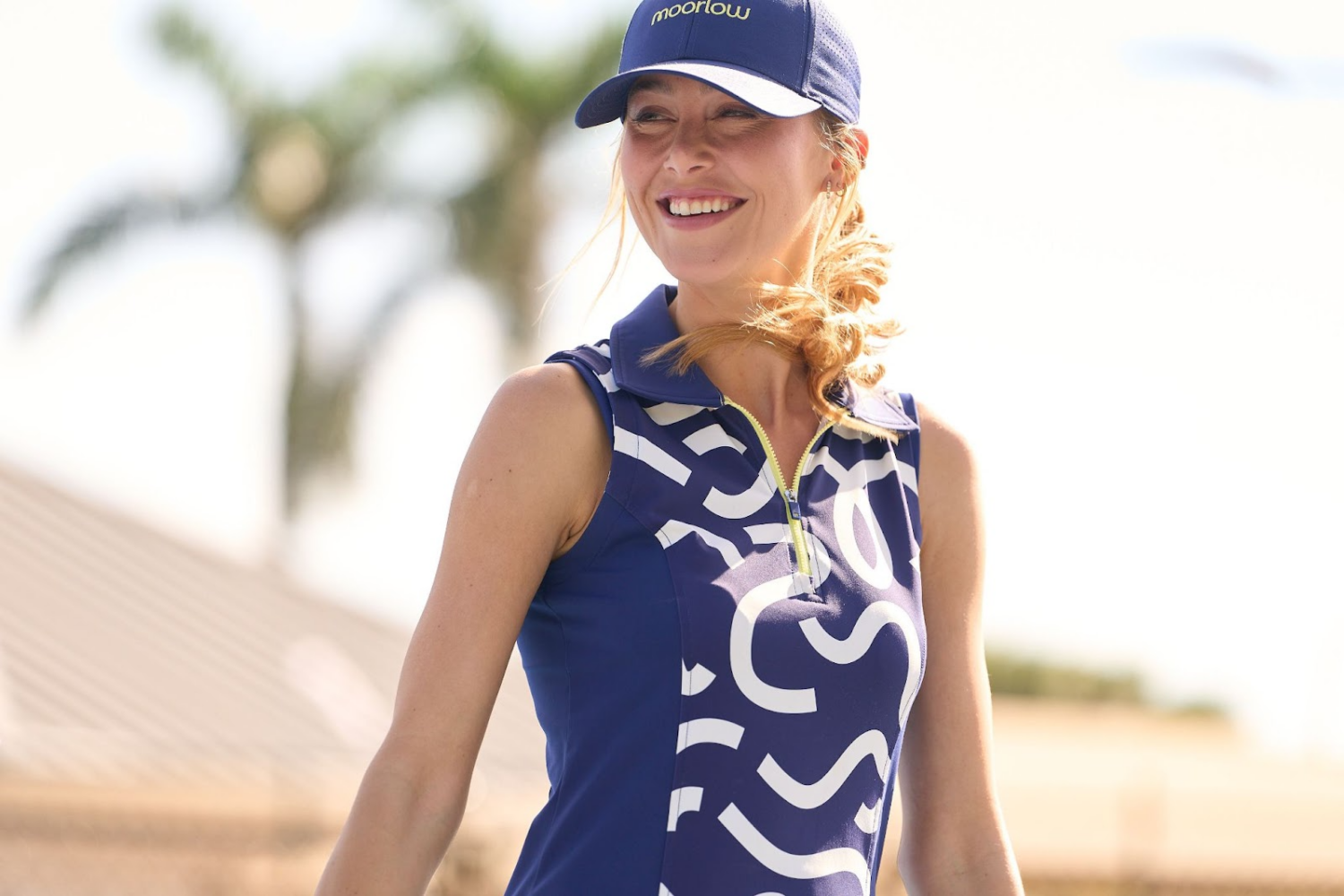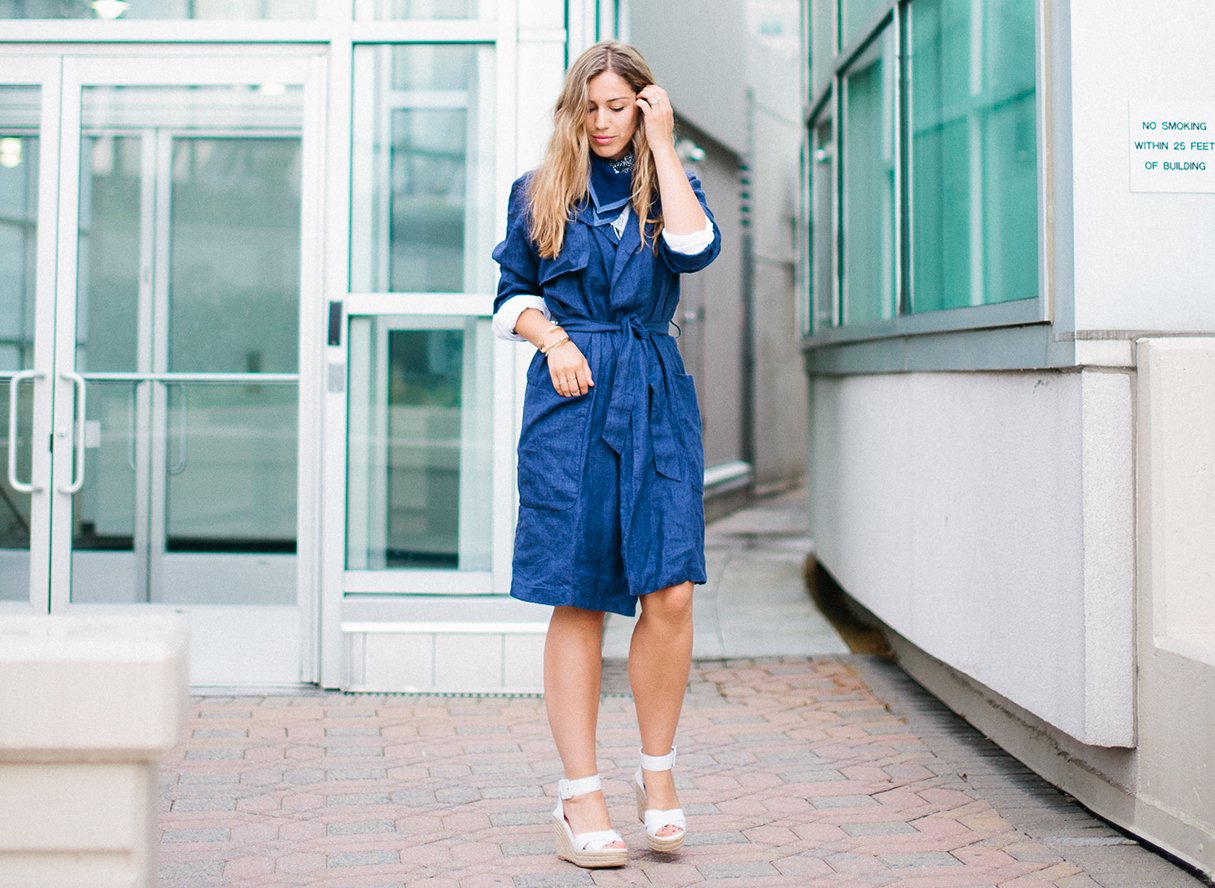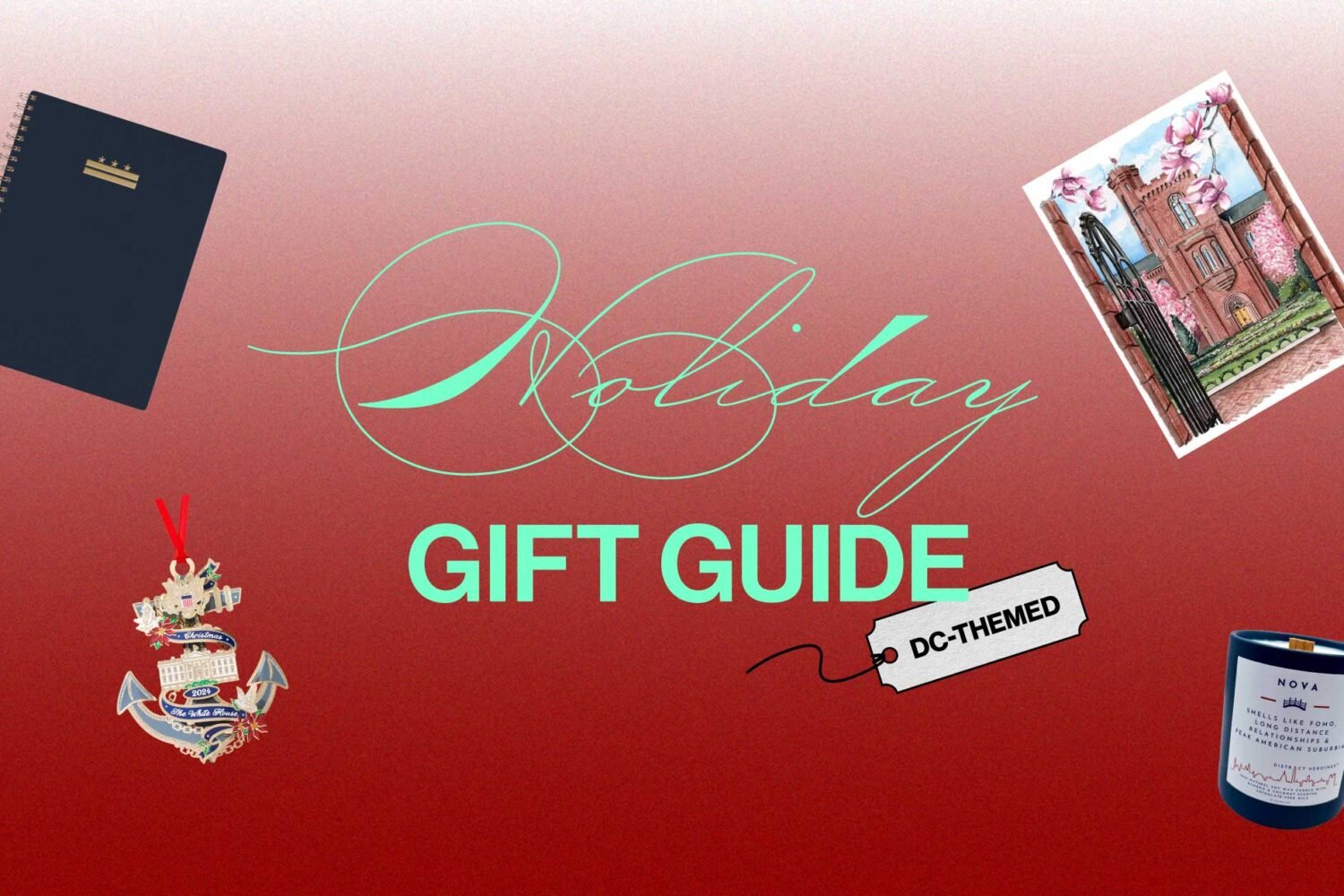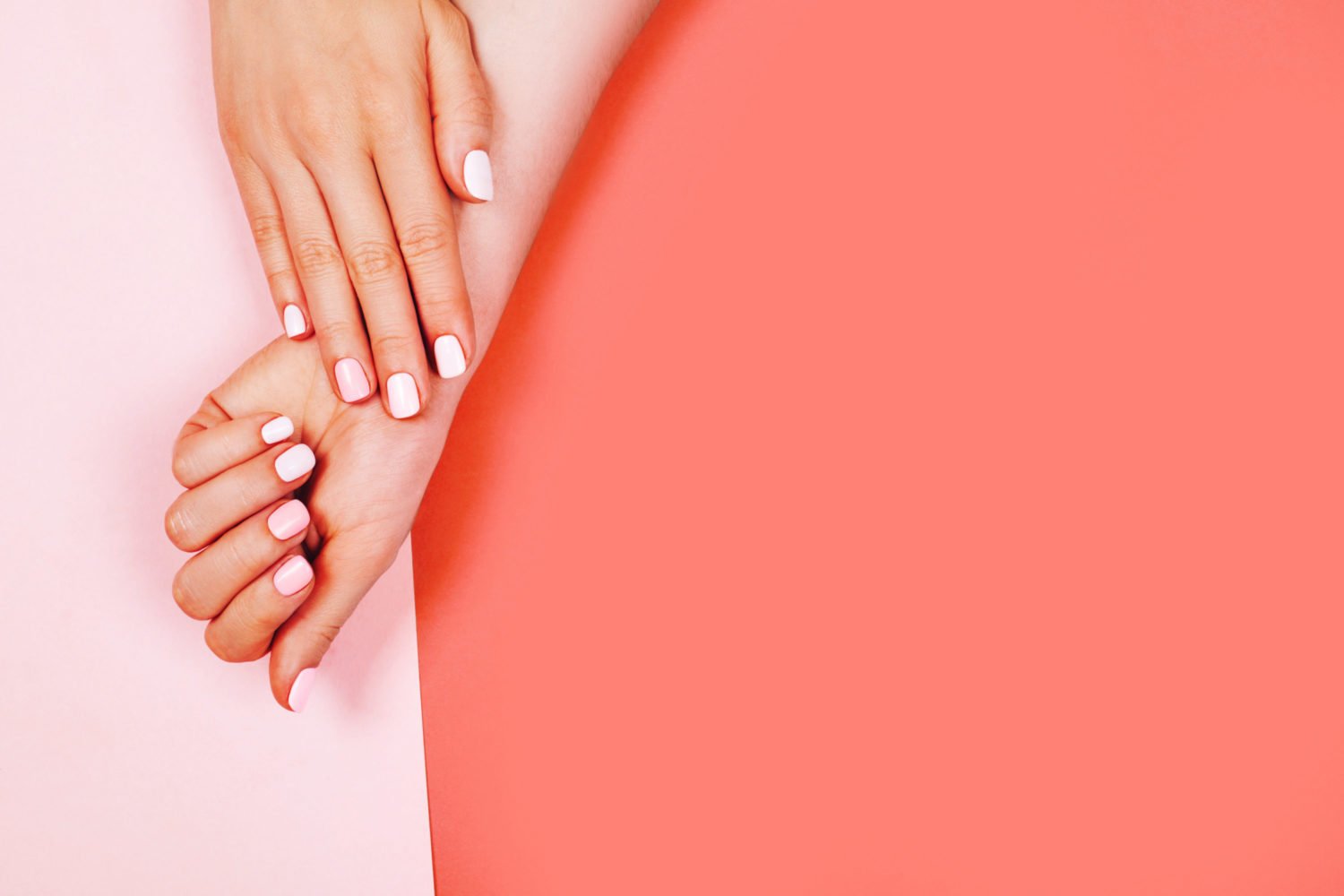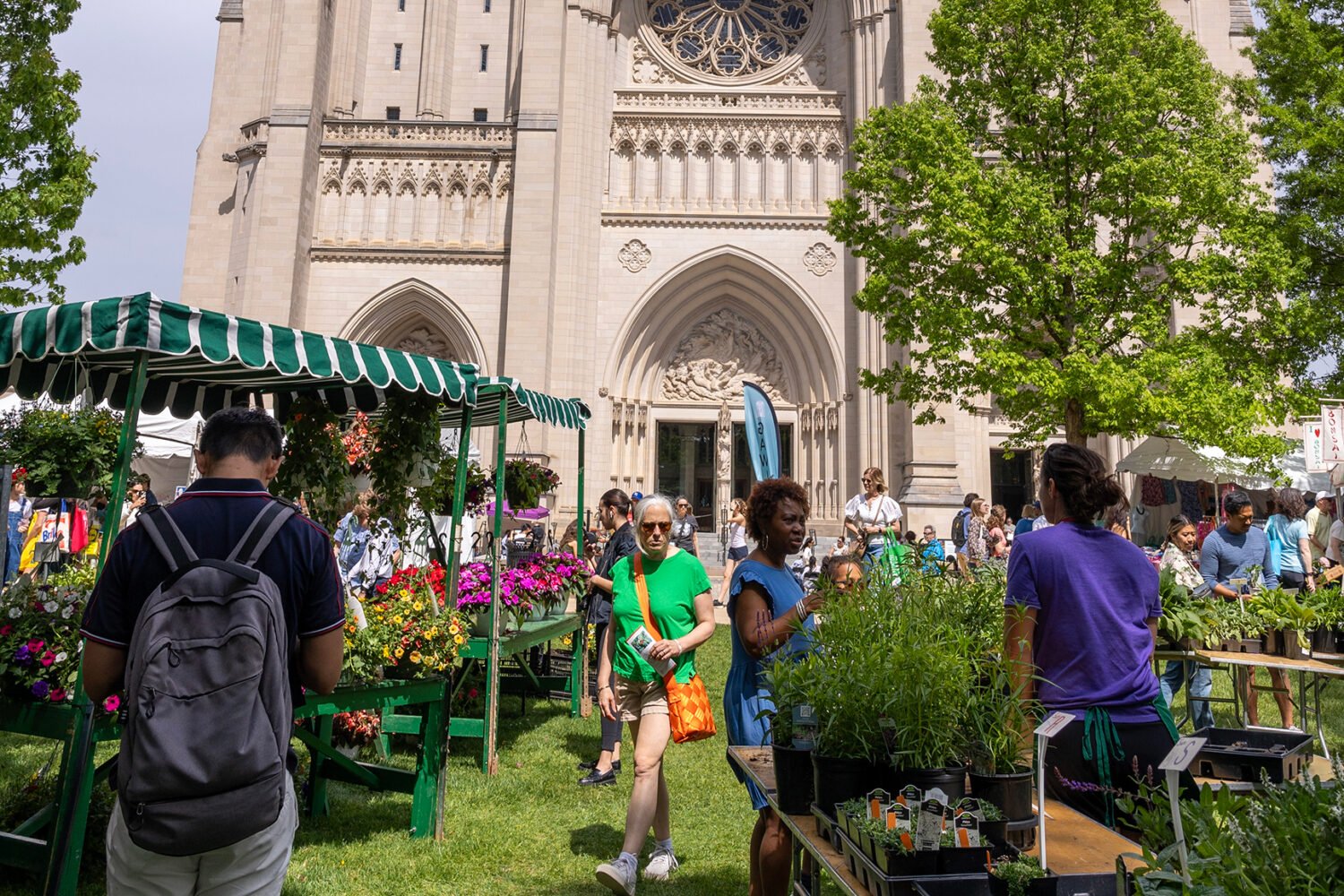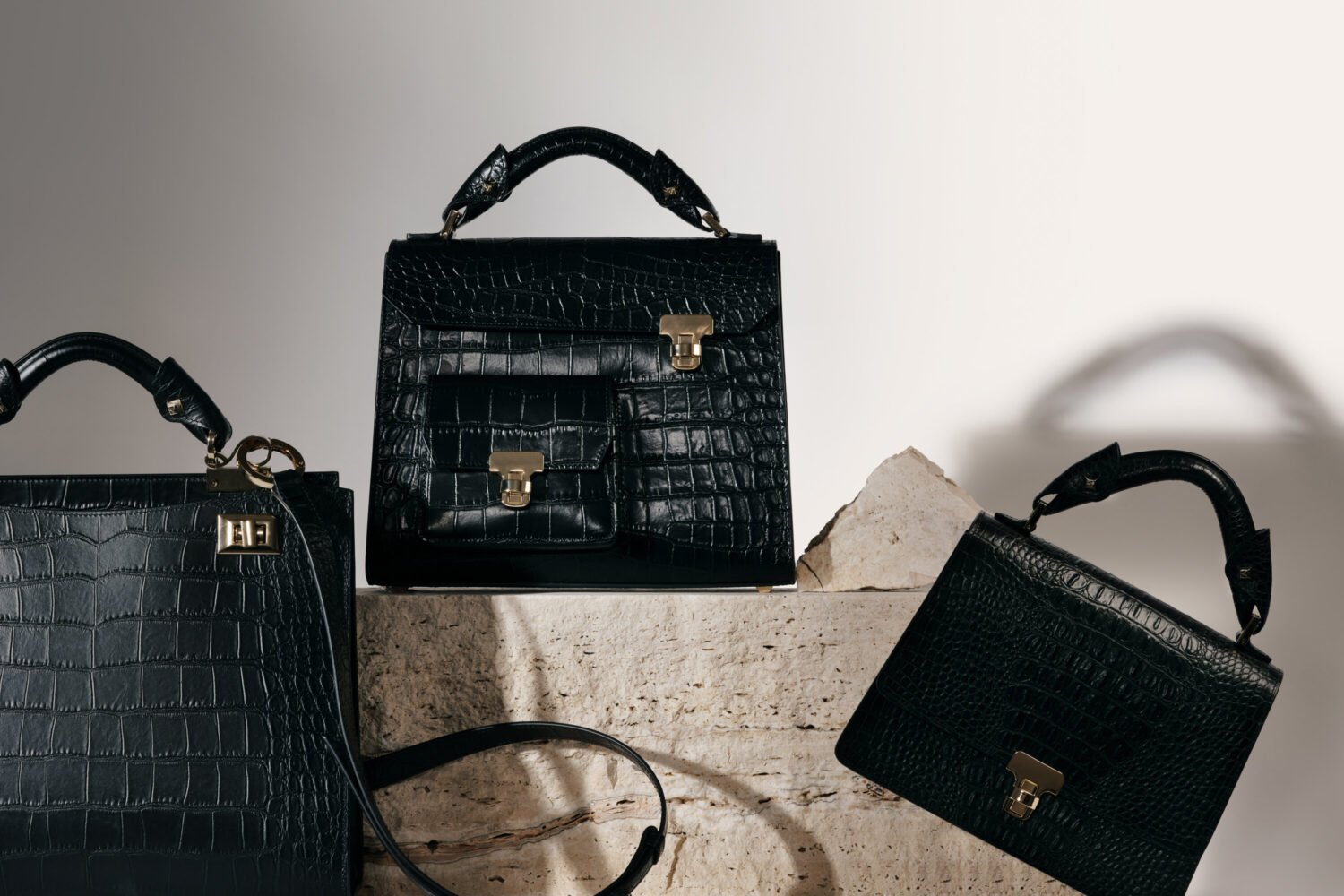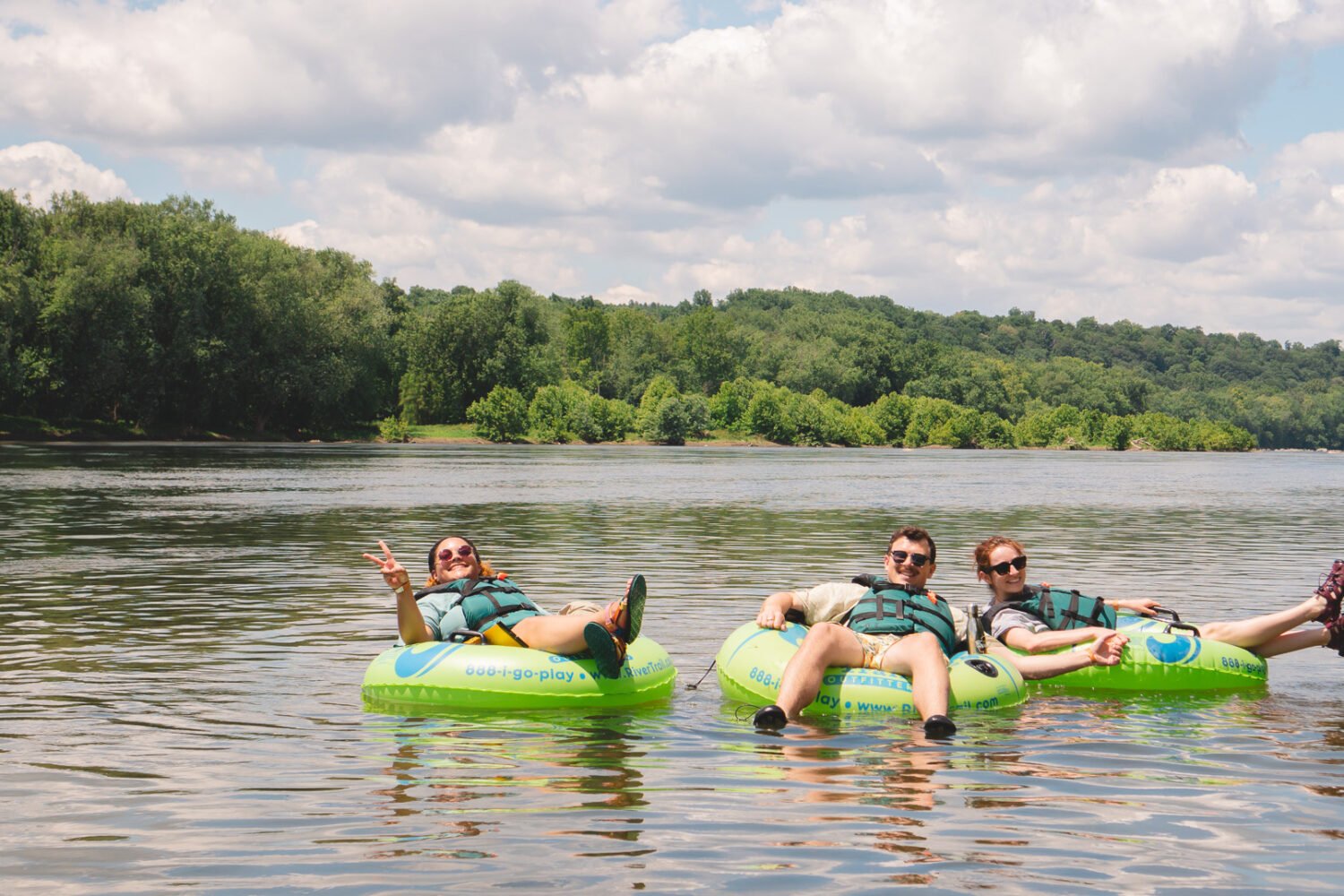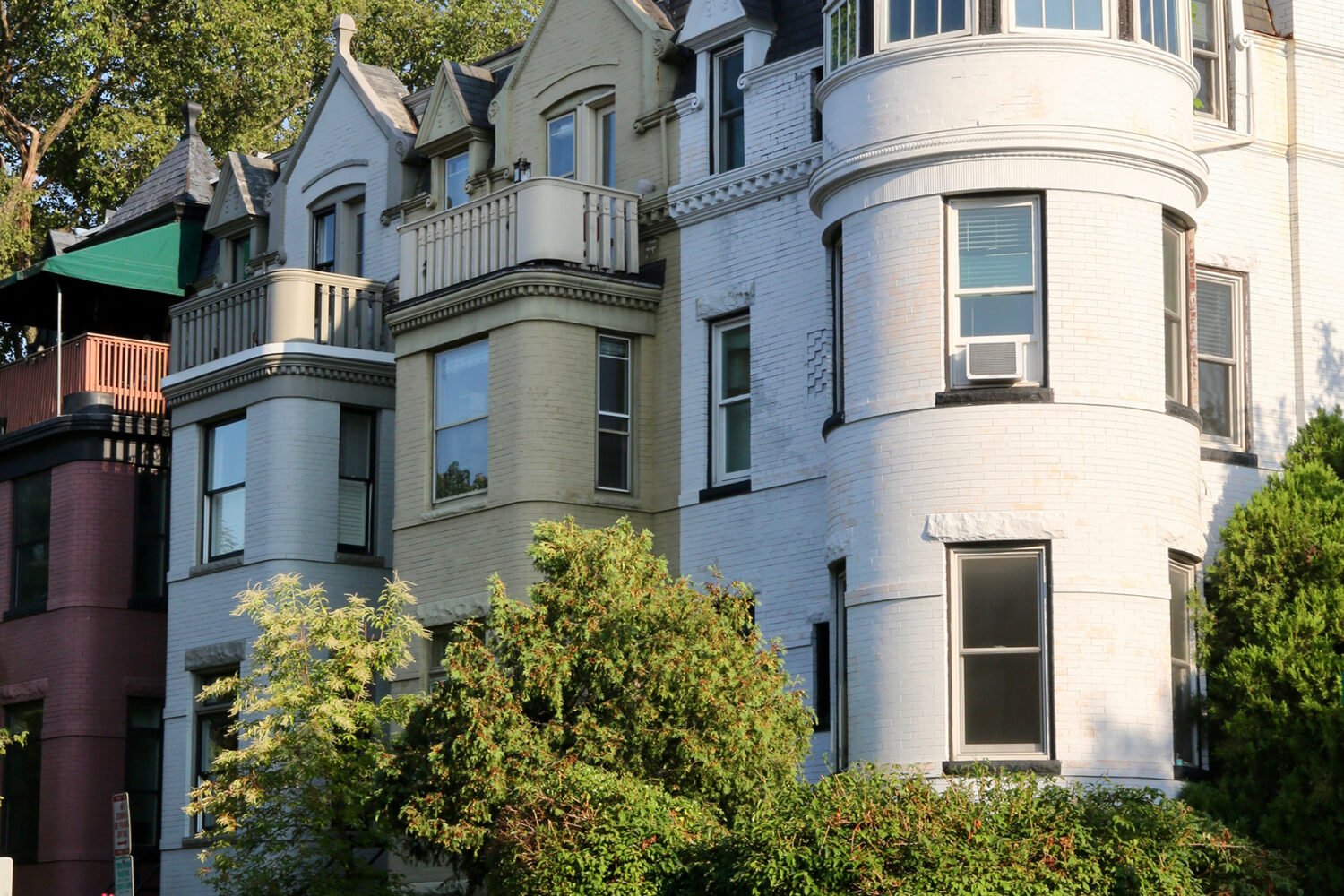The mystique that surrounds the hallways of Vogue magazine is legend, propagated in large part by a certain movie that came out in 2006 starring Anne Hathaway. Somewhere on the 12th floor of the Condé Nast building in Times Square (a.k.a. the Magazine Death Star) sits the enigmatic high priestess of fashion, a woman so powerful that she can make or break a designer without putting down her Starbucks cup. Director R.J. Cutler knew this when he started filming The September Issue, a documentary about Vogue’s biggest issue ever, so he wisely focused his attention away from the clichés. They’re all present (icy putdowns, Diptyque candles, idling limousines), but what also emerges is a glimpse into the psychology of the world’s most famous editor. This is no deconstruction, but it’s probably a closer look at Anna Wintour than most people have seen. Literally closer. With no sunglasses to hide behind for most of the movie, she shows every wrinkle etched into her 59-year-old face.
“It isn’t The Devil Wears Prada,” said Cutler after the sold-out SilverDocs screening Friday night. Which is true. While he focuses his lens on Wintour for much of the film, he finds a more interesting subject in creative director Grace Coddington, the flame-haired artistic genius behind the magazine. “I could watch her for hours,” he confesses. “If Anna’s office is this freezer of precision, Grace’s is an incubator of creativity.” Hence the film’s real heroine emerges, the only one who can take on Wintour and (sometimes) win. While Cutler gets some cinematic revelation from his chats with Wintour (her relationship with her father, her love for her children, her family’s dismissal of her work as frivolous), he gets infinitely from her foil. As Wintour makes decisions, cuts budgets, slashes photo spreads, Coddington experiments with concept, sees beauty, breaks tradition. “I’m probably the only stylist around who dresses the models herself,” she says, tugging on a gargantuan knitted sweater and the girl inside it.
In an editorial meeting, Wintour asks Coddington if she has anything to discuss. Coddington promptly brings up the couture budget, pushing for an increase while Wintour’s face freezes into a terrifying half smirk. Later, Coddington is gleeful. “I love to talk money with Anna in front of you guys because it drives her mad,” she says. Budgets, after all, are not Vogue. Neither is practicality. At a retailers’ meeting in Paris, the head of a department store asks Wintour to help him get clothes from the designers to the stores with fewer delays. “What do you want me to do?” she asks him without missing a beat. “Rent a truck?”
Audiences will probably most enjoy the archetypally Vogue moments. “You’d look so beautiful with short hair,” stylist Tonne Goodman tells the September cover model, actress Sienna Miller. “Your hair is perfect.” Later, Goodman calls the hairdresser for the upcoming Mario Testino shoot in Rome and bitches about Miller’s useless, straggly hair, which Miller abjectly refuses to change. The poor starlet is subject to the most scrutiny in the film: her wig, her figure, mostly her teeth, which are apparently too prominent in one cover shot. Then there’s editor-at-large André Leon Talley, a caricature resplendent in a bright-green caftan. “Anna made me start playing tennis,” he says as the camera follows his half-hearted backhand while a tennis coach encourages him to serve overarm. “She cares about my health.” (Talley’s towel, his racket case, and his sports bag are Louis Vuitton.)
Wintour is the star of the movie, but she doesn’t own it. Insight into her personal life is too brief to break new ground, although it’s often interesting (the maid in her Greenwich Village townhouse is an African-American woman wearing a baggy T-shirt and sweats). When Wintour engages with her daughter, Bee Shaffer, she almost seems kind. “She’s working for a judge,” she says of Bee in the same manner one might say of one’s daughter, “She’s working at McDonald’s.” Wintour’s description of her own father, a famous British television journalist, is telling: “He got very angry. I do see that tendency in myself. Perhaps, when I start getting too angry, it might be time to give up.”
Even with Wintour’s lack of self-awareness, Cutler’s portrait is a little sanitized. There are no blinding rages, only a few tears and a strong attempt at a charm offensive from the most frightening woman in fashion. It might be Vogue, but you get the feeling that the film’s final cut ended up as polished as the magazine.
More>> Shop Around Blog | Style | Find a Spa

